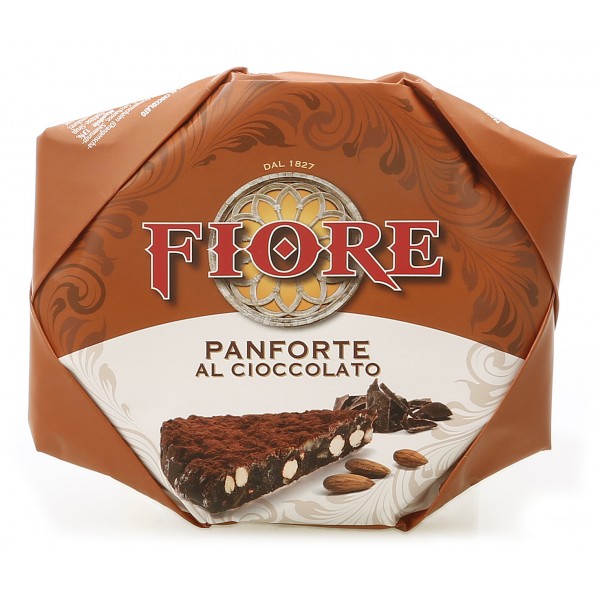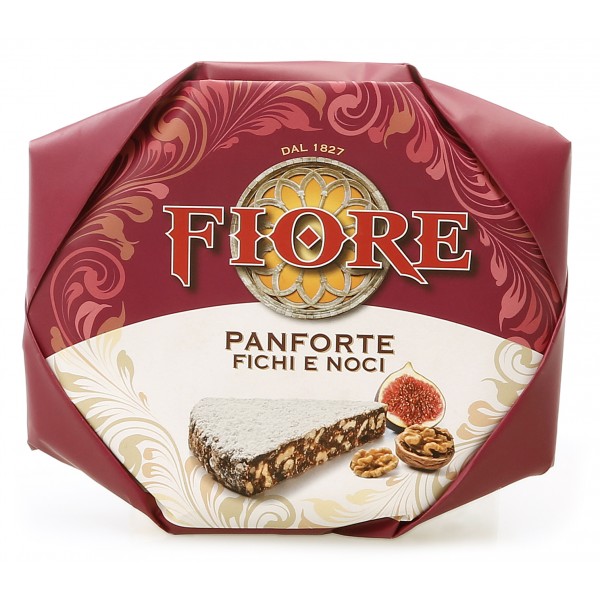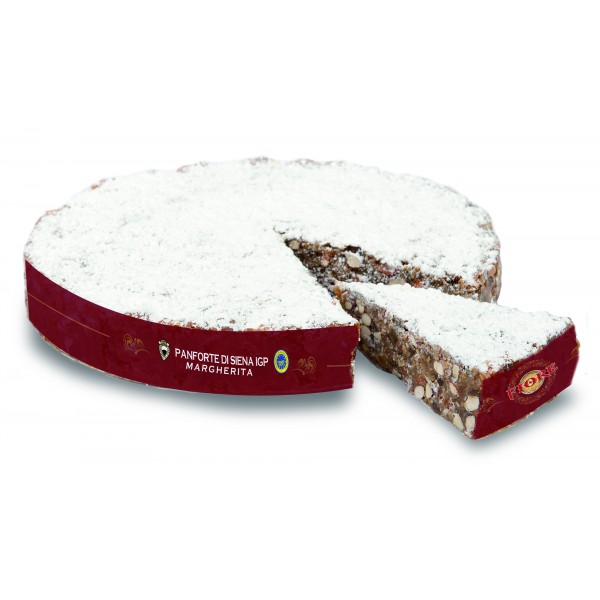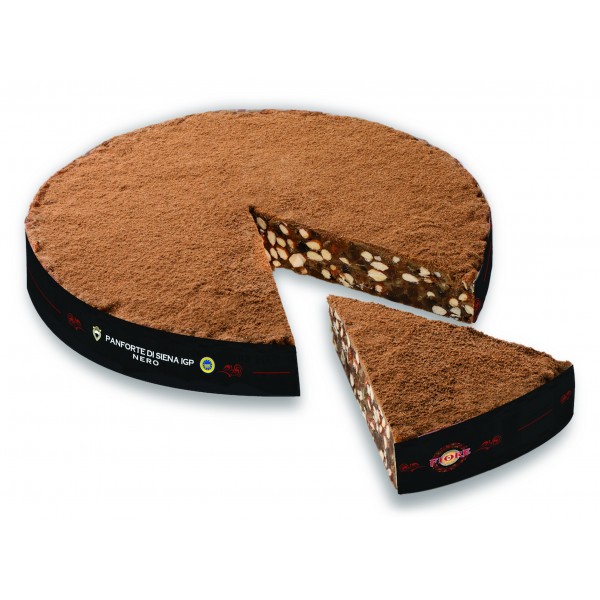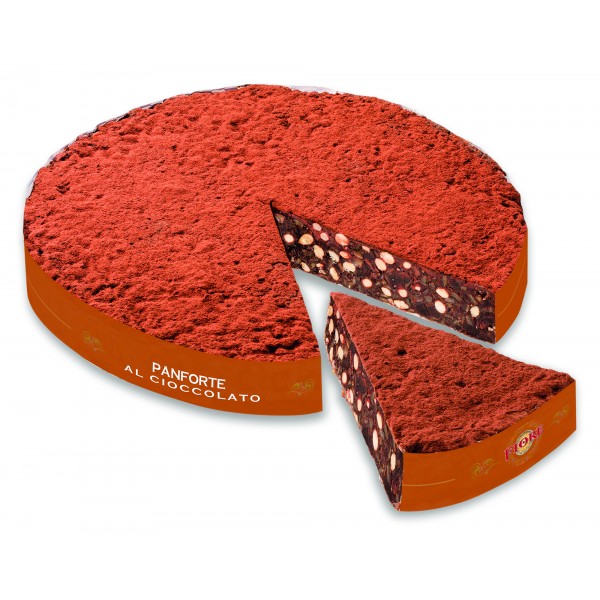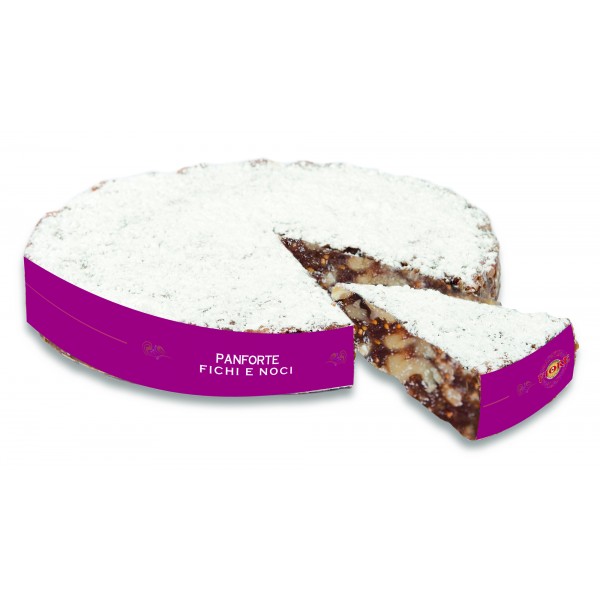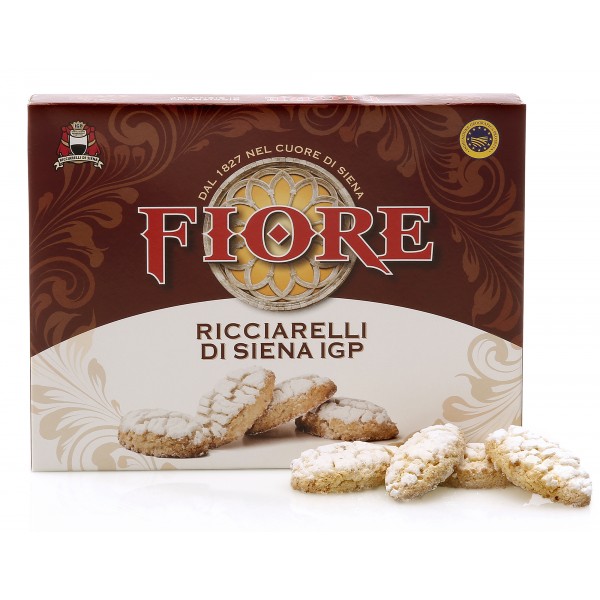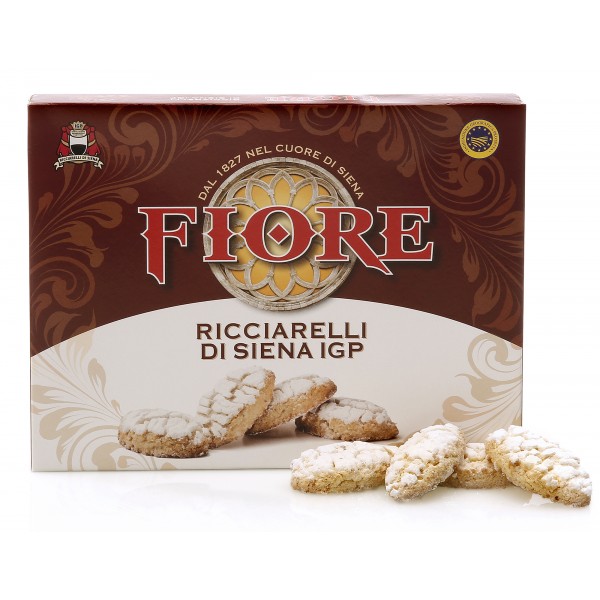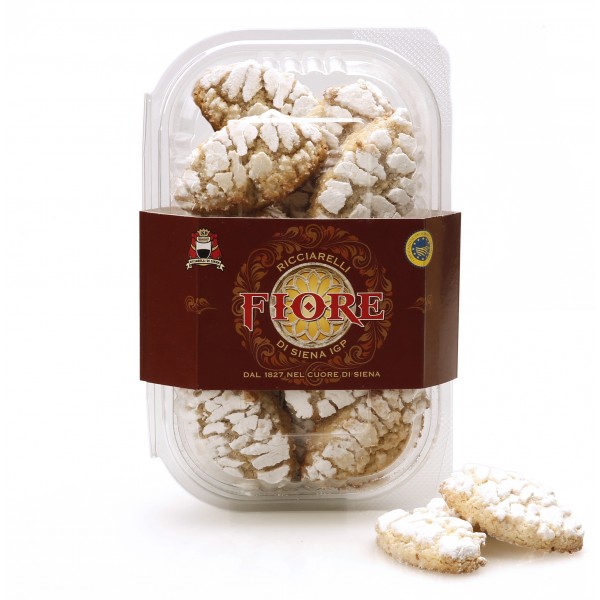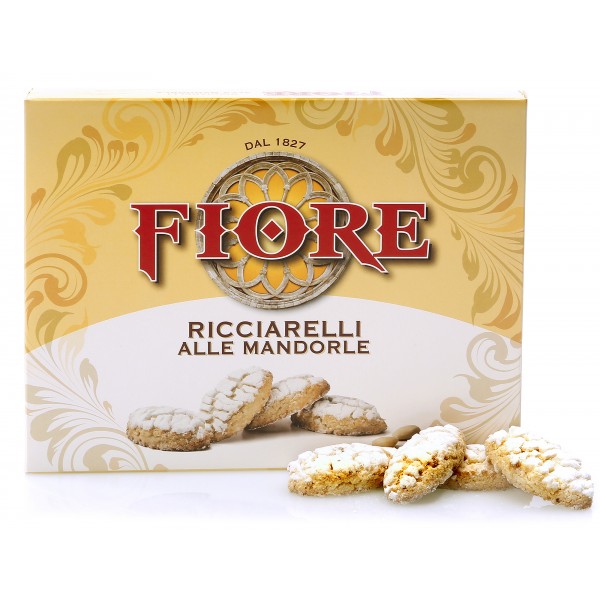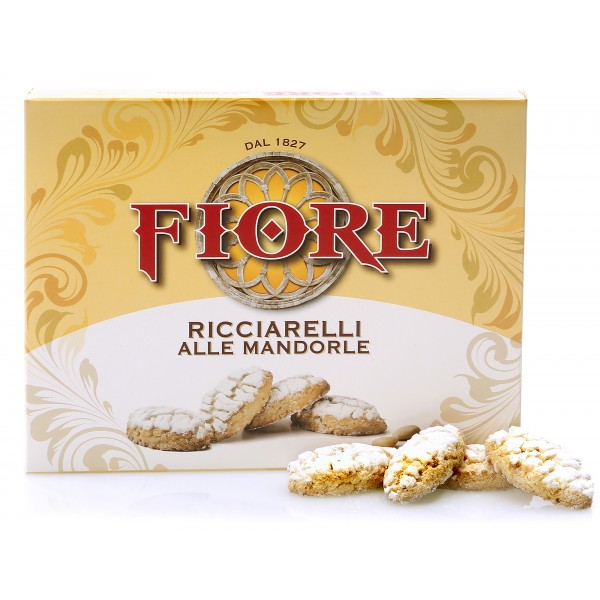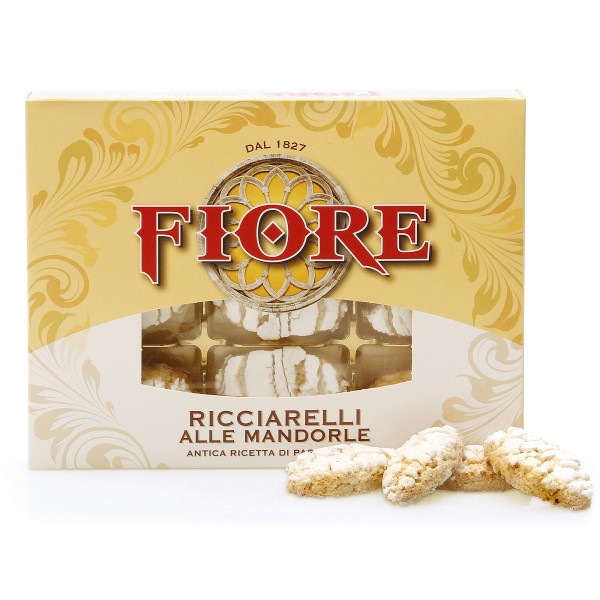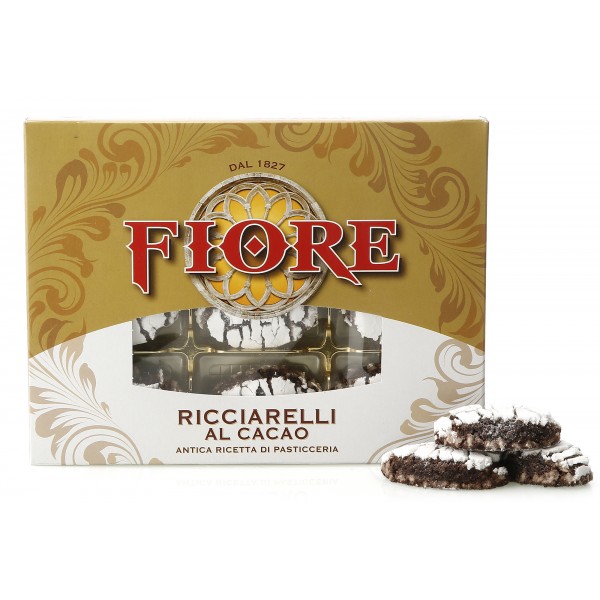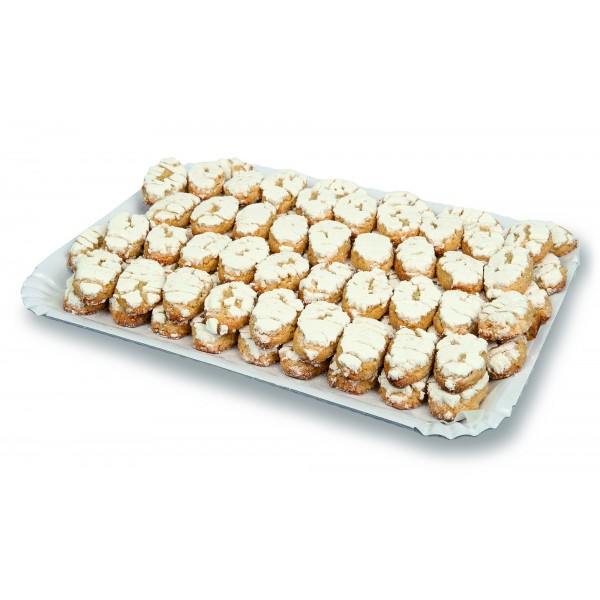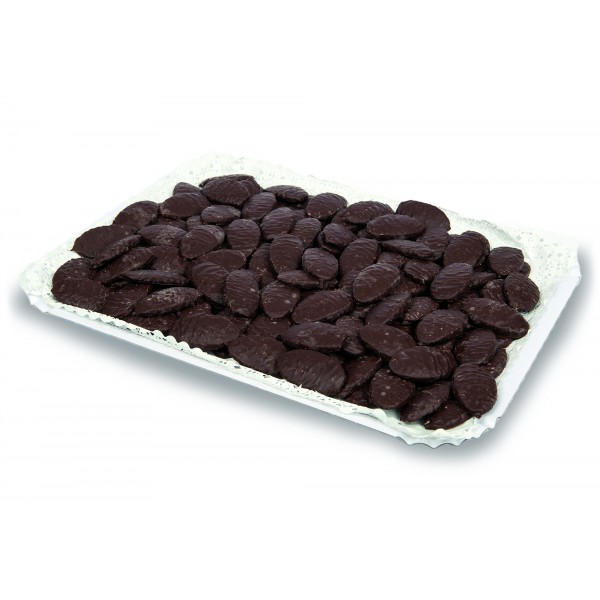No products
Categories
- Fashion Accessories
- Clothing
- Beauty & Lifestyle
-
Hi-Tech & Lifestyle
- Gaming
-
Case
- iPhone 11 Pro
- iPhone 11 Pro Max
- iPhone 11
- iPhone X / XS
- iPhone XS Max
- Samsung S10 / S10+ / S10e
- Huawei P30 / P30 Pro / P30 Lite
- Huawei P20 / P20 Pro / P20 Lite
- iPhone XR
- Samsung S9
- Samsung S9+
- iPhone 8 / 7
- iPhone 8 Plus / 7 Plus
- Samsung S8
- Samsung S8+
- Samsung S7
- Samsung S7 Edge
- iPhone 6 / 6 s
- iPhone 6 Plus / 6 s Plus
- iPhone 5 / SE
- Skin
- Audio
- Smart Home
- Drones & Hoverboard
- Photo & Video
- Desk Supplies
- Accessories
- Games
- Beverages
- Food
- Home
- Jewelry
- Luxury
- Travel
- Art
- Footwear
- Vintage Fashion
- Restaurants
- Sport
- Animals
- Gift Ideas
- Kidswear
Extra
Viewed Products
-

The Merchant of Venice - La Fenice Pour Femme - La Fenice - Luxury Venetian...
The refined fragrance, La Fenice Pour...
Fiore - Panforte of Siena since 1827
Since 1827 in The Heart of Siena
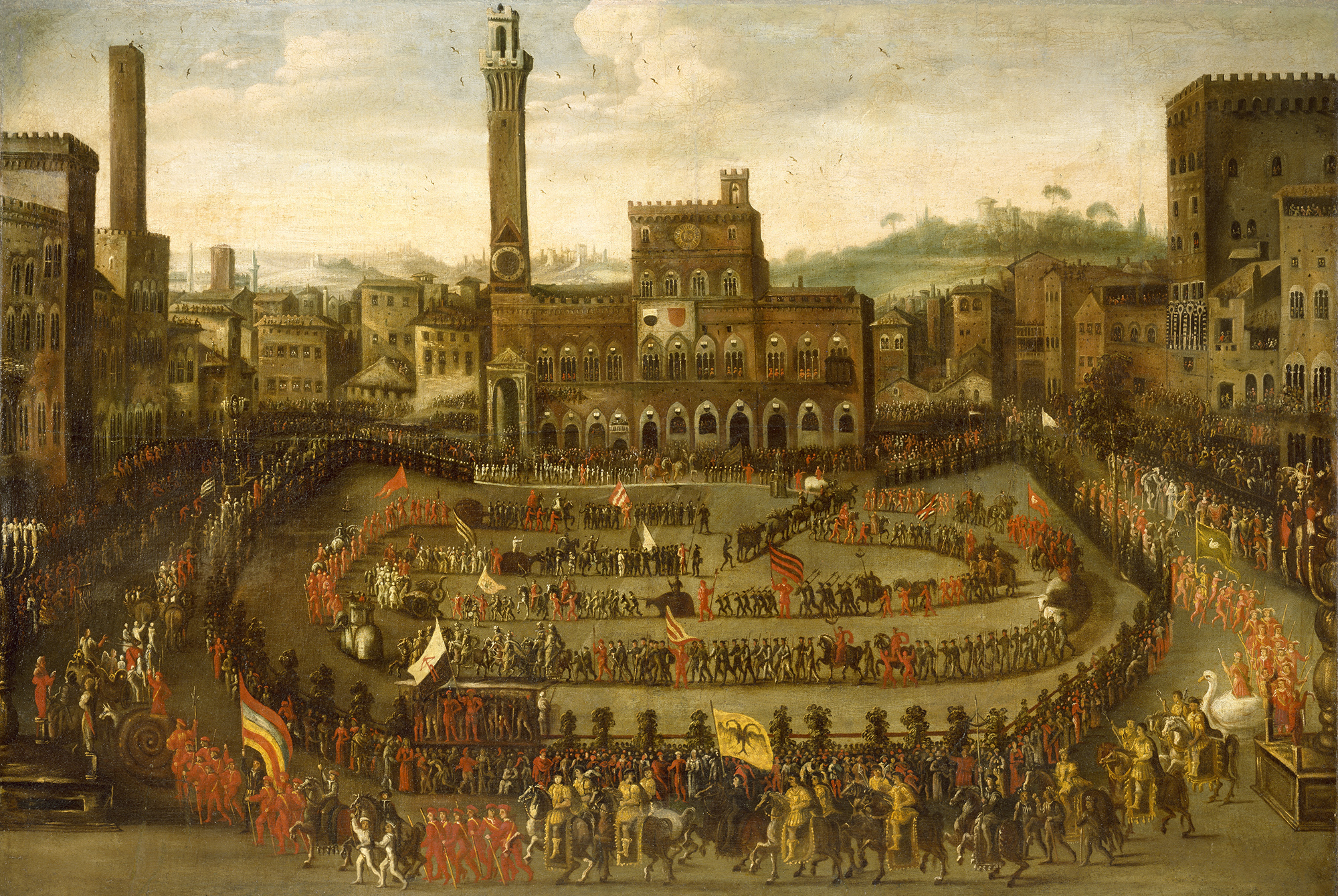
The history of this company is linked to an ancient knowledge, that of Siena's spices. A knowledge that since the thirteenth century has been handed down in the monasteries and Sienese abbeys and that has found its propulsive fulcrum in the "Santa Maria della Scala", the medieval hospital of Siena that inside it had the "College of the Medici" and one of the main spice shops organized in the city. The first processing of Panforte took place right in the back room of these ancient spice shops as they provided for the use of expensive spices in the dough.
Presentation Fiore - Panforte of Siena since 1827
-
Fiore - Panforte of Siena since 1827 - Panforte of Siena with Chocolate -...
Panforte of Siena with Chocolate made according to the ancient Sienese traditions. It was the year 1879, when on the occasion of the Palio of the Assumption Queen Margherita di Savoia visited the city of Siena. To celebrate the event, and make it honorable, it was dedicated to the product that at that time was the food symbol of power and wealth: the...
7,01 € -
Fiore - Panforte of Siena since 1827 - Panforte Figs and Nuts - Panforte -...
Panforte with Figs and Nuts made according to the ancient Sienese traditions. It was the year 1879, when on the occasion of the Palio of the Assumption Queen Margherita di Savoia visited the city of Siena. To celebrate the event, and make it honorable, it was dedicated to the product that at that time was the food symbol of power and wealth: the Panforte.
4,15 € -
Fiore - Panforte of Siena since 1827 - Panforte of Siena Figs and Nuts -...
Panforte of Siena Figs and Nuts made according to the ancient Sienese traditions. It was the year 1879, when on the occasion of the Palio of the Assumption Queen Margherita di Savoia visited the city of Siena. To celebrate the event, and make it honorable, it was dedicated to the product that at that time was the food symbol of power and wealth: the...
8,37 € -
Fiore - Panforte of Siena since 1827 - Panforte of Siena I.G.P. Margherita -...
Panforte of Siena I.G.P. made according to the ancient Sienese traditions. It was the year 1879, when on the occasion of the Palio of the Assumption Queen Margherita di Savoia visited the city of Siena. To celebrate the event, and make it honorable, it was dedicated to the product that at that time was the food symbol of power and wealth: the Panforte.
97,24 € -
Fiore - Panforte of Siena since 1827 - Panforte of Siena I.G.P. Black -...
Panforte of Siena I.G.P. Black made according to the ancient Sienese traditions. It was the year 1879, when on the occasion of the Palio of the Assumption Queen Margherita di Savoia visited the city of Siena. To celebrate the event, and make it honorable, it was dedicated to the product that at that time was the food symbol of power and wealth: the Panforte.
99,39 € -
Fiore - Panforte of Siena since 1827 - Panforte of Siena with Chocolate -...
Panforte of Siena with Chocolate made according to the ancient Sienese traditions. It was the year 1879, when on the occasion of the Palio of the Assumption Queen Margherita di Savoia visited the city of Siena. To celebrate the event, and make it honorable, it was dedicated to the product that at that time was the food symbol of power and wealth: the...
99,39 € -
Fiore - Panforte of Siena since 1827 - Panforte of Siena Figs and Nuts -...
Panforte of Siena Figs and Nuts made according to the ancient Sienese traditions. It was the year 1879, when on the occasion of the Palio of the Assumption Queen Margherita di Savoia visited the city of Siena. To celebrate the event, and make it honorable, it was dedicated to the product that at that time was the food symbol of power and wealth: the...
127,27 € -
Fiore - Panforte of Siena since 1827 - Copate - Soft Nougat from Siena - Box...
Copate of Siena made according to the ancient Sienese traditions. The dessert created by the nuns of a Sienese convent in the 1400s. The origin of their name is uncertain. It seems to come from the Arabic word "qubbaita". It means "sweet almond", and this would prove that its history starts from very far.
5,93 € -
Fiore - Panforte of Siena since 1827 - Cassata Fiorenza - Ancient Florence...
Cassata Fiorenza made according to the ancient Sienese traditions. Three layers of friable waffle stuffed with toasted hazelnut, sugar and covered with dark chocolate. Manufactured faithfully according to the traditional recipe of 1930 and packaged with the same wrappings and the same image patented since 1936.
14,16 € -
Fiore - Panforte of Siena since 1827 - Cassata Fiorenza - Ancient Florence...
Cassata Fiorenza made according to the ancient Sienese traditions. Three layers of friable waffle stuffed with toasted hazelnut, sugar and covered with dark chocolate. Manufactured faithfully according to the traditional recipe of 1930 and packaged with the same wrappings and the same image patented since 1936.
22,02 € -
Fiore - Panforte of Siena since 1827 - Ricciarelli of Siena I.G.P. - Pastry -...
Ricciarelli of Siena I.G.P. made according to the ancient Sienese traditions. In '400 the Florentine priest Arlotto Mainardi, better known as Piovano Arlotto, listing the "talents" of some Italian cities wrote: "in Milan you can make many haberdasheries and armadours, and in Florence the good drapes, in Bologna the sausages, and in Siena the marzapani and...
4,86 € -
Fiore - Panforte of Siena since 1827 - Ricciarelli of Siena I.G.P. - Pastry -...
Ricciarelli of Siena I.G.P. made according to the ancient Sienese traditions. In '400 the Florentine priest Arlotto Mainardi, better known as Piovano Arlotto, listing the "talents" of some Italian cities wrote: "in Milan you can make many haberdasheries and armadours, and in Florence the good drapes, in Bologna the sausages, and in Siena the marzapani and...
7,01 € -
Fiore - Panforte of Siena since 1827 - Ricciarelli of Siena I.G.P. - Pastry -...
Ricciarelli of Siena I.G.P. made according to the ancient Sienese traditions. In '400 the Florentine priest Arlotto Mainardi, better known as Piovano Arlotto, listing the "talents" of some Italian cities wrote: "in Milan you can make many haberdasheries and armadours, and in Florence the good drapes, in Bologna the sausages, and in Siena the marzapani and...
7,72 € -
Fiore - Panforte of Siena since 1827 - Ricciarelli of Siena Traditional with...
Traditional Ricciarelli of Siena with Almonds made according to the ancient Sienese traditions. In '400 the Florentine priest Arlotto Mainardi, better known as Piovano Arlotto, listing the "talents" of some Italian cities wrote: "in Milan you can make many haberdasheries and armadours, and in Florence the good drapes, in Bologna the sausages, and in Siena...
1,86 € -
Fiore - Panforte of Siena since 1827 - Traditional Ricciarelli of Siena with...
Traditional Ricciarelli of Siena with Almonds made according to the ancient Sienese traditions. In '400 the Florentine priest Arlotto Mainardi, better known as Piovano Arlotto, listing the "talents" of some Italian cities wrote: "in Milan you can make many haberdasheries and armadours, and in Florence the good drapes, in Bologna the sausages, and in Siena...
3,07 € -
Fiore - Panforte of Siena since 1827 - Traditional Ricciarelli of Siena with...
Traditional Ricciarelli of Siena with Almonds made according to the ancient Sienese traditions. In '400 the Florentine priest Arlotto Mainardi, better known as Piovano Arlotto, listing the "talents" of some Italian cities wrote: "in Milan you can make many haberdasheries and armadours, and in Florence the good drapes, in Bologna the sausages, and in Siena...
3,79 € -
Fiore - Panforte of Siena since 1827 - Glazed Ricciarelli of Siena with...
Glazed Ricciarelli of Siena with Almonds made according to the ancient Sienese traditions. In '400 the Florentine priest Arlotto Mainardi, better known as Piovano Arlotto, listing the "talents" of some Italian cities wrote: "in Milan you can make many haberdasheries and armadours, and in Florence the good drapes, in Bologna the sausages, and in Siena the...
5,58 € -
Fiore - Panforte of Siena since 1827 - Ricciarelli of Siena with Dark...
Ricciarelli of Siena with Dark Chocolate made according to the ancient Sienese traditions. In '400 the Florentine priest Arlotto Mainardi, better known as Piovano Arlotto, listing the "talents" of some Italian cities wrote: "in Milan you can make many haberdasheries and armadours, and in Florence the good drapes, in Bologna the sausages, and in Siena the...
5,58 € -
Fiore - Panforte of Siena since 1827 - Glazed Ricciarelli with Cocoa - Pastry...
Glazed Ricciarelli with Cocoa made according to the ancient Sienese traditions. In '400 the Florentine priest Arlotto Mainardi, better known as Piovano Arlotto, listing the "talents" of some Italian cities wrote: "in Milan you can make many haberdasheries and armadours, and in Florence the good drapes, in Bologna the sausages, and in Siena the marzapani...
6,75 € -
Fiore - Panforte of Siena since 1827 - Glazed Ricciarelli of Siena with...
Glazed Ricciarelli of Siena with Almonds made according to the ancient Sienese traditions. In '400 the Florentine priest Arlotto Mainardi, better known as Piovano Arlotto, listing the "talents" of some Italian cities wrote: "in Milan you can make many haberdasheries and armadours, and in Florence the good drapes, in Bologna the sausages, and in Siena the...
50,05 € -
Fiore - Panforte of Siena since 1827 - Ricciarelli of Siena with Dark...
Ricciarelli of Siena with Dark Chocolate made according to the ancient Sienese traditions. In '400 the Florentine priest Arlotto Mainardi, better known as Piovano Arlotto, listing the "talents" of some Italian cities wrote: "in Milan you can make many haberdasheries and armadours, and in Florence the good drapes, in Bologna the sausages, and in Siena the...
70,07 €



